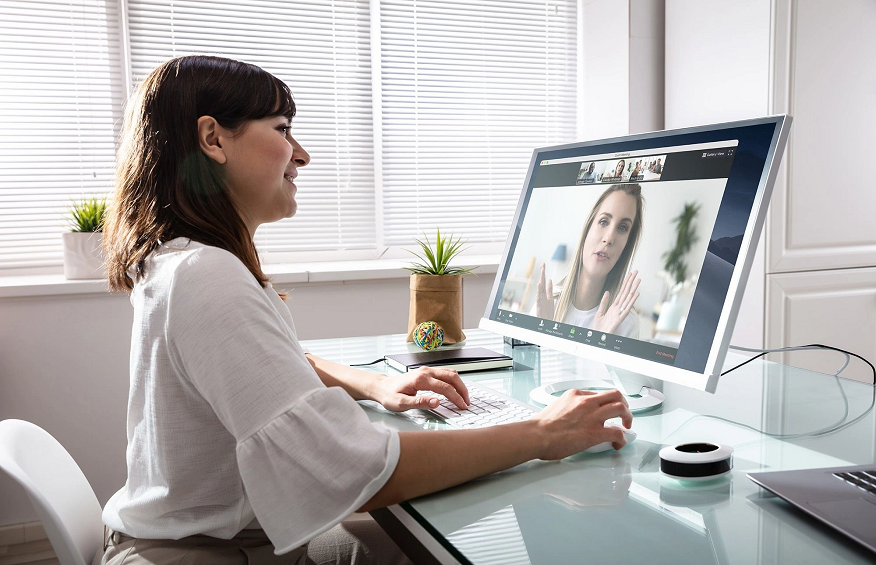Screen sharing has become an integral part of our digital interactions, whether for remote work, online presentations, troubleshooting, or simply sharing content with friends and colleagues. But an important question arises: is screen sharing detectable? In this article, we’ll explore the ins and outs of screen sharing, the methods of detection, and what you need to know to ensure privacy and security in your online activities.
What is Screen Sharing?
Screen sharing is sharing your computer or mobile device screen with others in real time. This allows them to see what’s happening on your screen, making it incredibly useful for collaborative work, training, and support.
How Screen Sharing Works?
Screen sharing relies on software applications that capture the contents of your screen and transmit them to others. Common tools for screen sharing include Zoom, Microsoft Teams, Google Meet, and various remote desktop applications. These platforms enable seamless communication and collaboration, bridging physical distance gaps.
Detection of Screen Sharing
In most cases, screen sharing is detectable, which can be for legitimate reasons such as security, compliance, or monitoring and for privacy concerns. Here’s what you need to know:
a) Permissions and Notifications: When you initiate screen sharing on a platform, it often requires explicit permission, and participants are usually notified that you’re sharing your screen. This transparency ensures that everyone involved is aware of the shared content.
b) System Indicators: Many operating systems display visual indicators when screen sharing is active. On Windows, a toolbar may appear at the top of the screen, while macOS typically displays a green border around the screen.
c) Network Monitoring: IT administrators in a corporate environment can monitor network traffic and may detect screen-sharing activity. This is done to ensure network security and compliance with company policies.
d) Third-party Software: Some software tools are designed to detect screen-sharing activity. These can be used for legitimate purposes, such as monitoring employee productivity or for educational institutions.
Protecting Your Privacy
While screen sharing is often detectable, there are steps you can take to protect your privacy:
a) Use Secure Platforms: Choose reputable and secure screen-sharing platforms prioritizing privacy and encryption.
b) Know Your Settings: Familiarize yourself with the settings of the screen-sharing application you’re using. Understand how permissions work and what notifications are given to participants.
c) Secure Personal Devices: If you’re concerned about unauthorized screen sharing on your devices, keep your software updated and use strong, unique passwords.
d) Educate Users: In a professional setting, educate employees about the company’s screen-sharing policies, why it’s used, and the importance of transparency.
Conclusion
Screen sharing is a powerful tool that enhances collaboration and communication in both personal and professional settings. It’s generally detectable for transparency, security, and remote employee monitoring. By understanding how screen sharing works, being aware of detection methods, and taking steps to protect your privacy, you can use this technology effectively while maintaining a secure online environment.



